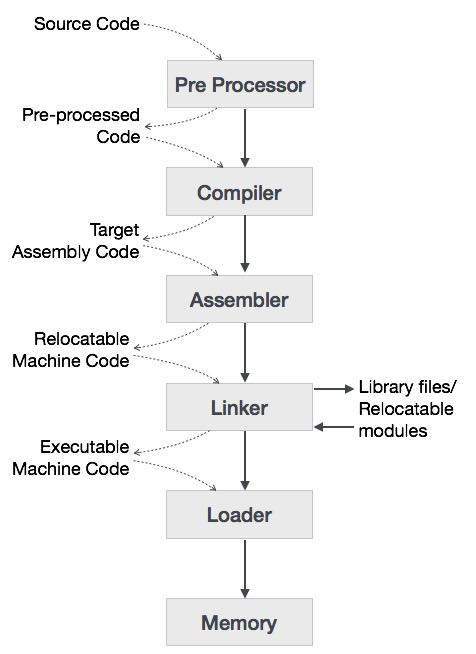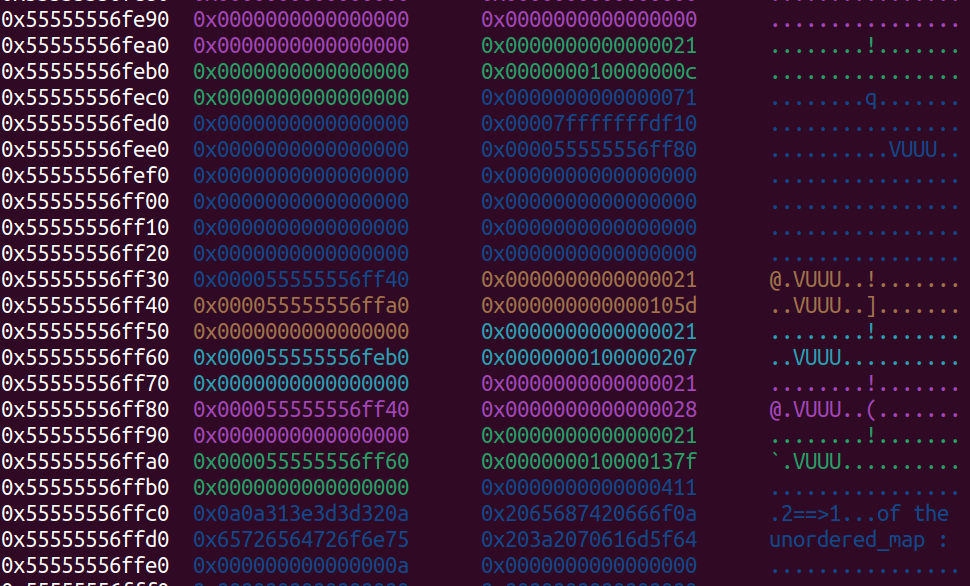Introduction to Pwning - Part 1
This is the part one of simple pwning lecture series. The target of this series is to get started with pwning from the very basics to some advanced attack. We will be trying challenges from different CTFs as well to get familiar with the different exploitation vectors. In this lecture we will breifly try to understand how out code works and how can we get started with pwning.
Introduction
When we write code we generally write it in higher level programming languages such as C/C++ or python. But the computer cannot directly understand such higher level languages and requires preprossing before it can run the program. Here we will take a look at how a program is actually converted from higher level language to machine understandable binary instructions.
Below is a high level C code.
1
2
3
4
5
6
7
#include <stdio.h>
int main()
{
printf("Hello World.\n");
return 0;
}
After processing the code looks like this
.file "test.c"
.def ___main; .scl 2; .type 32; .endef
.section .rdata,"dr"
LC0:
.ascii "Hello World.\0"
.text
.globl _main
.def _main; .scl 2; .type 32; .endef
_main:
LFB10:
.cfi_startproc
pushl %ebp
.cfi_def_cfa_offset 8
.cfi_offset 5, -8
movl %esp, %ebp
.cfi_def_cfa_register 5
andl $-16, %esp
subl $16, %esp
call ___main
movl $LC0, (%esp)
call _puts
movl $0, %eax
leave
.cfi_restore 5
.cfi_def_cfa 4, 4
ret
.cfi_endproc
LFE10:
.ident "GCC: (MinGW.org GCC-6.3.0-1) 6.3.0"
.def _puts; .scl 2; .type 32; .endef
The basic process of how a code is processed and run can be understood by the following diagram
Code processing
Compiler
A compiler is a program which compiles the high level code into lower level machine code (C/C++ compiler) or into bytecode. Machine code is a set of instructions that the machine can directly execute without the help of any other software. It is considered as low level code. The assembler then converts this set of instructions into binary instructions that is executed by the CPU.
Interpreter
The bytecode (eg. Java / Python) which acts as an intermediate code that can be executed by the interpreter. The execution is done line by line and thus is often not prefered as it is slower.
Assembler
An assembler is a program that takes basic computer instructions and converts them into a pattern of bits that the computer’s processor can use to perform its basic operations. It is an embedded system tool.
Code Execution
The running of the code is comprehensively divided into 4 categories.
Stack (Program Stack / Call Stack)
It is the stack which contains all the return address of the programs that are being executed and some other important data that is required for the execution of the program.
Heap
Heap is the large empty region reserved for dynamic memory allocation. Funcitons like malloc can be used to instantiate such memory.
Code
It is the section that stores the instruction codes, this is, the actual code that is written by the user. It is represented by the .text section of the program.
Data
It is a portion contains initialized static variables, that is, global variables and static local variables. The size of this segment is determined by the size of the values in the program’s source code, and does not change at run time. It is represented by the .data and .bss section.
The actual execution of the code is done by the program registers. A register is a small set of data storing cell. It may contain actual data value or the address of a memory location. There are several program register. They are as follows
| Register | Description |
|---|---|
| R8-R11 | General purpose registers |
| R12-R15 | Callee save register |
| RIP (Instruction Pointer) | Points ot the next instruction that should be executed |
| RSP (Stack Pointer) | Pointe to the top of the stack (bottom of memory) |
| RBP (Base Pointer) | Points to the base of current frame |
| RDI (Destination index) | Scratch register used to pass first argument |
| RSI (Source index) | Scratch register used to paas second argument |
| RAX | Contains the return value of the functions |
| RBX | Callee Save register |
| RCX | Scratch register used to pass fourth argument |
| RDX | Scratch register used to pass third argument |
Note: In case of x86 architecture the name of registers is changed and instead of r the prefix e is used. Eg. RIP becomes EIP
Getting started
Finding protections
One of the first things that we must do when we get any challenge is to run checksec command. This command helps us understand various protections that are enabled in the binary given to us. The output of the command looks as follows
You can install the command using:
1
pip install checksec.py
You can run checksec using:
1
checksec --file=./(file_name)
Let us understand what the various protections are:
- Canary : It is random generated value stored in the
fsregister at an offset of0x28. It is used to prevent buffer-overflow. - NX : It stands for no-execute. It makes the stack of a program unexecutable. Thus it prevents writing shellcode on the stack.
- PIE : Position Independent Executable loads the program at any random address everytime. As a result we cannot find the exact address of any function in the binary
- RelRO : Full relro makes the
GOT(global offset table) read-only while partial relro makes theGOTto come before thedatasection - Fortify : It is used to verify and protect various overflows. It includes various functions like
__gethostname_chk,__printf_chk, etc.
Debugging the challenge
In order to understand what exactly the program is doing, we need to use a debugger. The preferred choice for debugger is gdb though you can use any debugger like lldb, etc. Using plain gdb may be inefficient so we will install gef or pwndbg . You can find a link on how to install pwndbg and gef simultaneously on your system in the resources section
You need to first install plain gdb. It can be done using the following command:
1
sudo apt install gdb
We will learn how to effectively use gdb as we solve various challenges
References
x64 Programming
Memory Layout
Checksec Command
Installing gdb plugings





